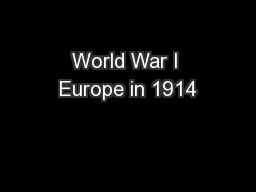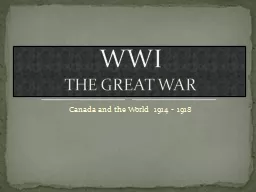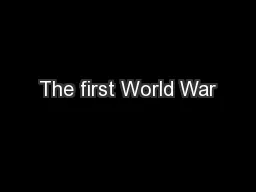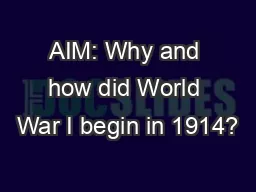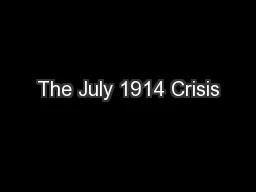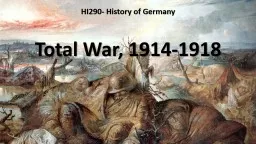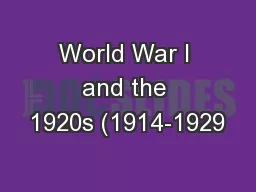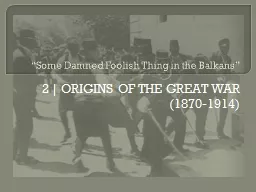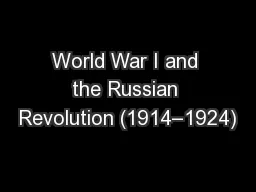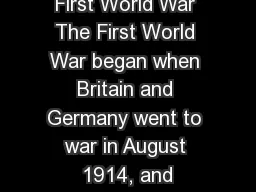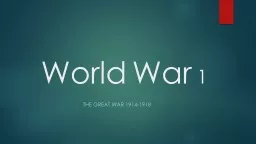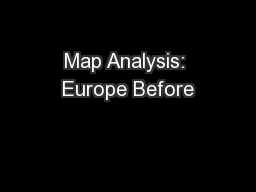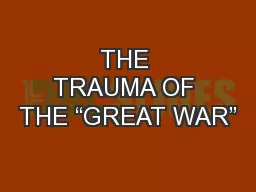PPT-World War I Europe in 1914
Author : celsa-spraggs | Published Date : 2018-03-14
How did it start Uneasy situation in Europe at the time European powers competing against each other for dominance on the continent and in the colonies The spark
Presentation Embed Code
Download Presentation
Download Presentation The PPT/PDF document "World War I Europe in 1914" is the property of its rightful owner. Permission is granted to download and print the materials on this website for personal, non-commercial use only, and to display it on your personal computer provided you do not modify the materials and that you retain all copyright notices contained in the materials. By downloading content from our website, you accept the terms of this agreement.
World War I Europe in 1914: Transcript
Download Rules Of Document
"World War I Europe in 1914"The content belongs to its owner. You may download and print it for personal use, without modification, and keep all copyright notices. By downloading, you agree to these terms.
Related Documents

